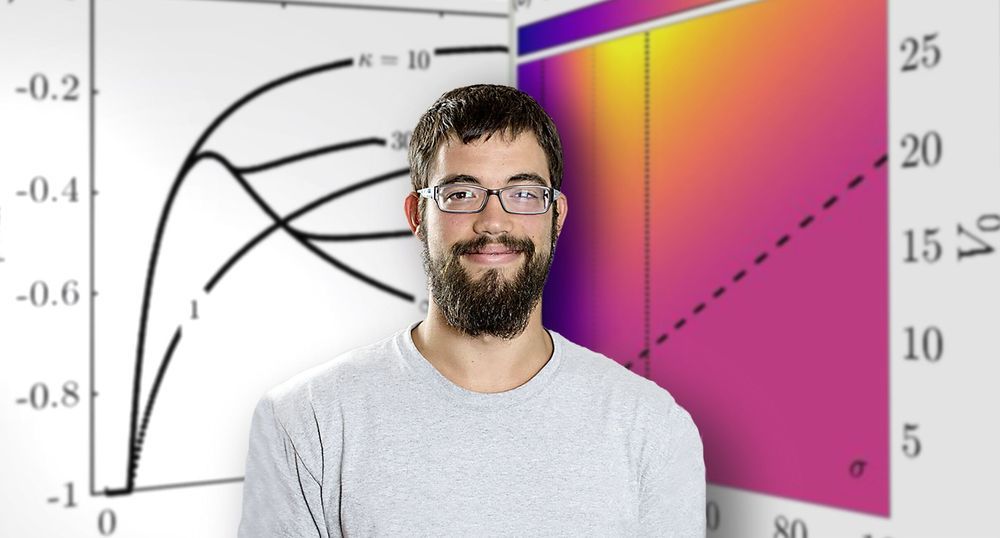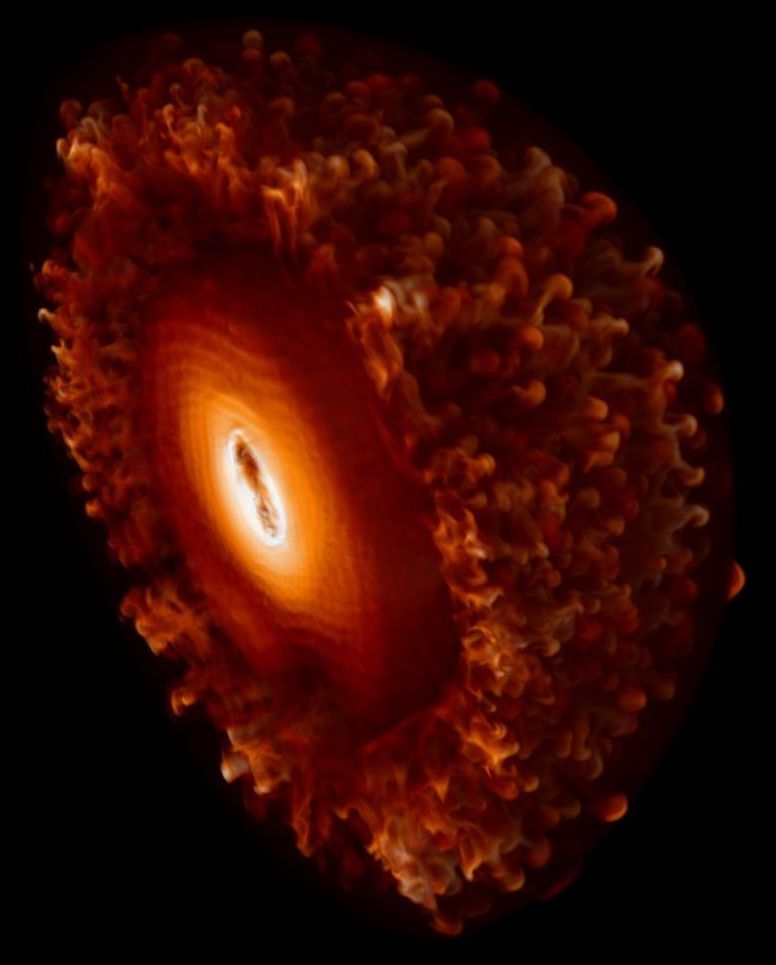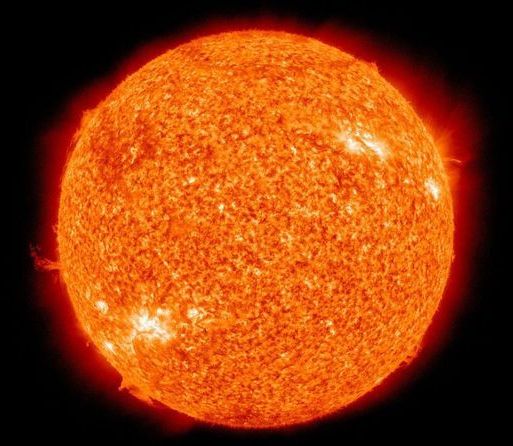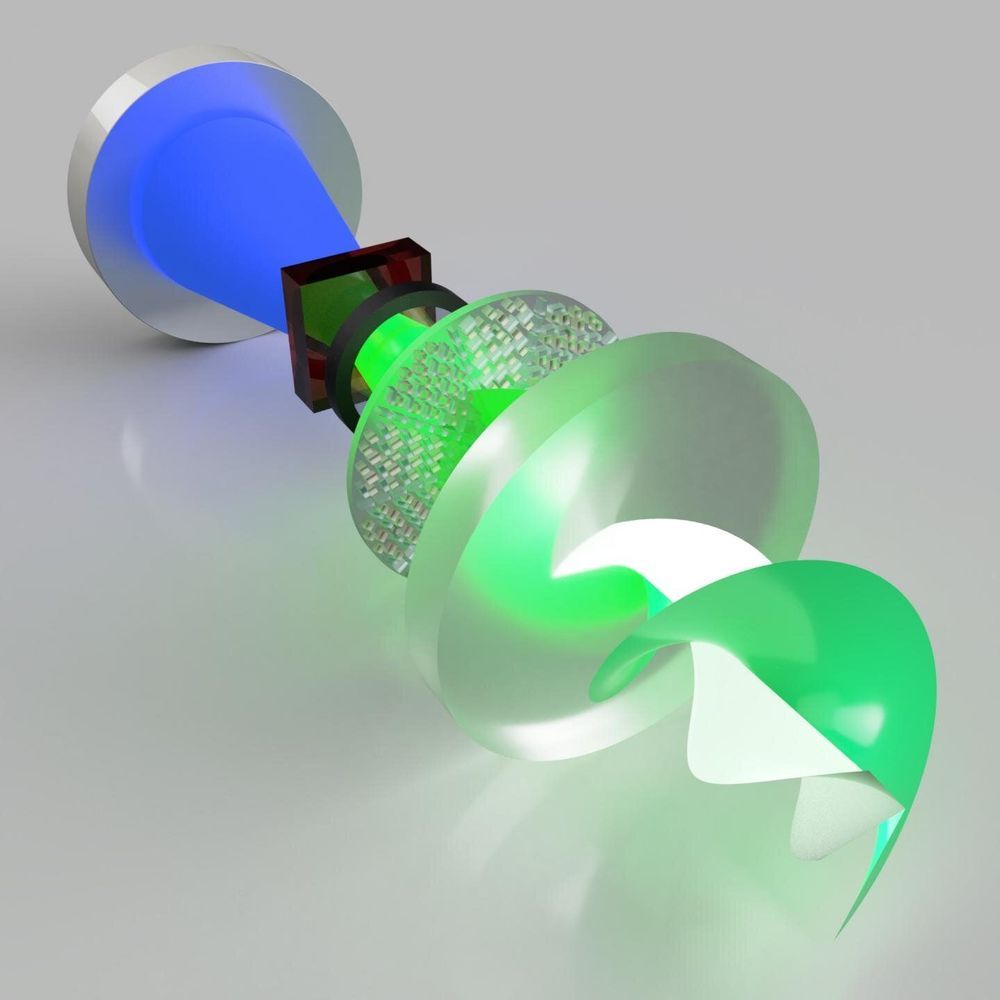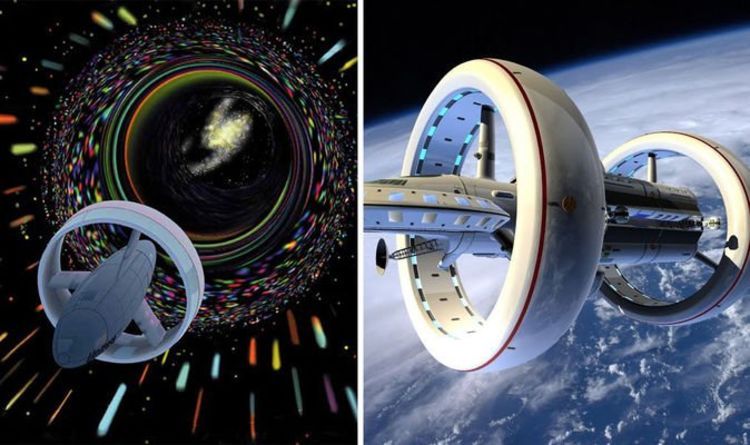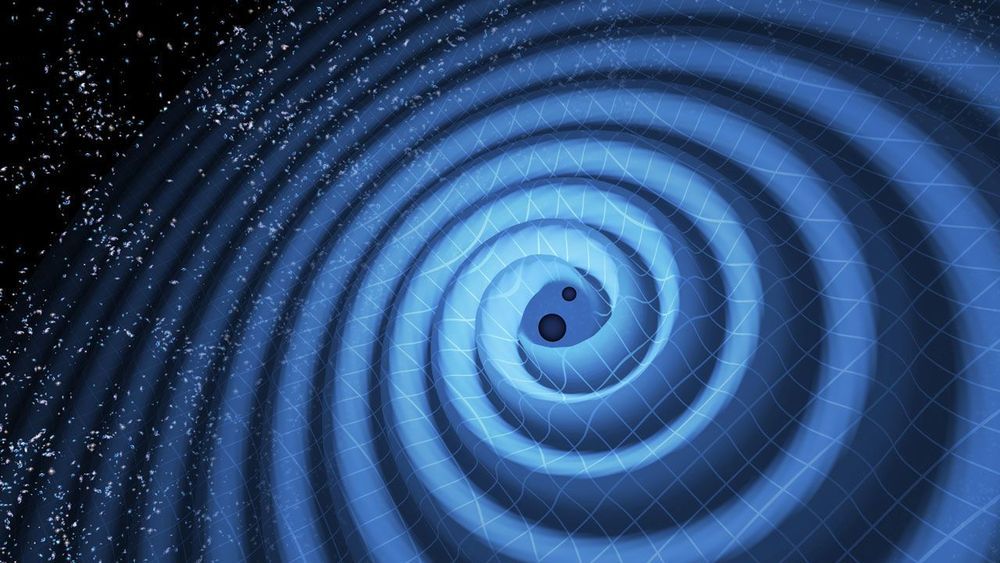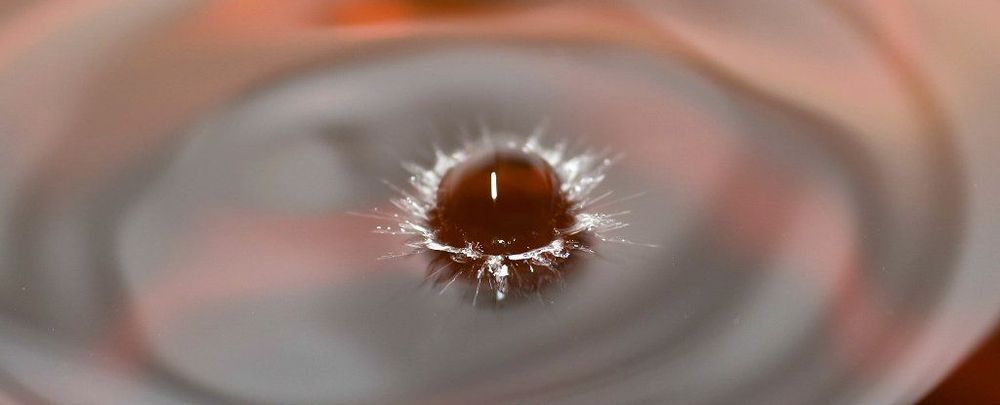A key challenge to capturing and controlling fusion energy on Earth is maintaining the stability of plasma—the electrically charged gas that fuels fusion reactions—and keeping it millions of degrees hot to launch and maintain fusion reactions. This challenge requires controlling magnetic islands, bubble-like structures that form in the plasma in doughnut-shaped tokamak fusion facilities. These islands can grow, cool the plasma and trigger disruptions—the sudden release of energy stored in the plasma—that can halt fusion reactions and seriously damage the fusion facilities that house them.
Improved island control
Research by scientists at Princeton University and at the U.S. Department of Energy’s (DOE) Princeton Plasma Physics Laboratory (PPPL) points toward improved control of the troublesome magnetic islands in ITER, the international tokamak under construction in France, and other future fusion facilities that cannot allow large disruptions. “This research could open the door to improved control schemes previously deemed unobtainable,” said Eduardo Rodriguez, a graduate student in the Princeton Program in Plasma Physics and first author of a paper in Physics of Plasmas that reports the findings.
